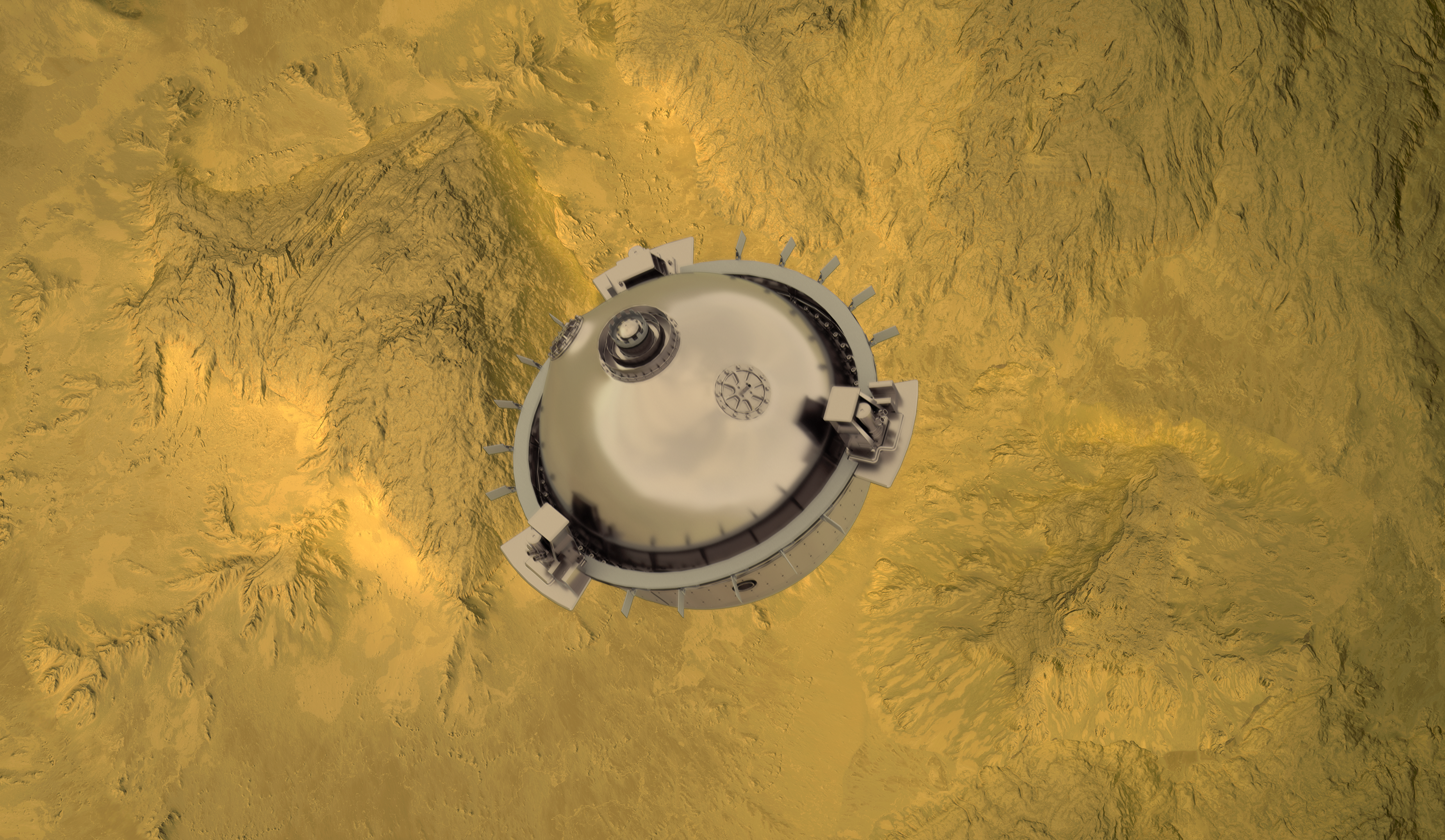
On June 2, NASA announced its selections for two new Discovery Program missions, and the results made Venus fans very happy. Out of four proposals for the next series of planetary missions, NASA picked two of them, and both are going to Venus!
The two missions are DAVINCI+ (Deep Atmosphere Venus Investigation of Noble gases, Chemistry, and Imaging) and VERITAS (Venus Emissivity, Radio Science, InSAR, Topography, and Spectroscopy). They will be the first US missions to go back to Venus in over 30 years.
DAVINCI+ and VERITAS made the final cut after the four mission concepts had been announced in February 2020. The other two contenders were Io Volcano Observer (IVO) and TRIDENT. IVO would have explored Jupiter’s volcanic moon Io and TRIDENT would have been sent to Neptune’s largest icy moon Triton.
Both DAVINCI+ and VERITAS are expected to launch sometime between 2028 and 2030. Each mission has been awarded $500 million for development.
Proponents of Venus exploration note that our nearest planetary neighbor has been long neglected in favor of worlds like Mars, Jupiter, Saturn, Europa, Titan and asteroids (including other new missions that haven’t launched yet). But now that is going to change in a big way.
“These selected missions have the potential to transform our understanding of some of the solar system’s most active and complex worlds,” said Thomas Zurbuchen, associate administrator of NASA’s Science Mission Directorate. “Exploring any one of these celestial bodies will help unlock the secrets of how it, and others like it, came to be in the cosmos.”
As astrobiologist David Grinspoon tweeted:
So what will these missions do?
DAVINCI+ will study Venus’ atmosphere to find out how it first formed and evolved. Those results can also help scientists determine if Venus ever had oceans. There is other tentative evidence for such oceans, but it is not conclusive yet.
DAVINCI+ will also take the first high-resolution images of “tesserae” on the surface, which scientists think are similar to Earth’s continents and may be evidence of plate tectonics.
The sphere-shaped probe will descend through the atmosphere, taking measurements and images.
James Garvin of NASA’s Goddard Space Flight Center is the principal investigator of the mission.
VERITAS will focus more on the planet’s surface. It will help scientists better understand the geological history of Venus, including features like the tesserae, and whether processes like plate tectonics or volcanism are still active today.
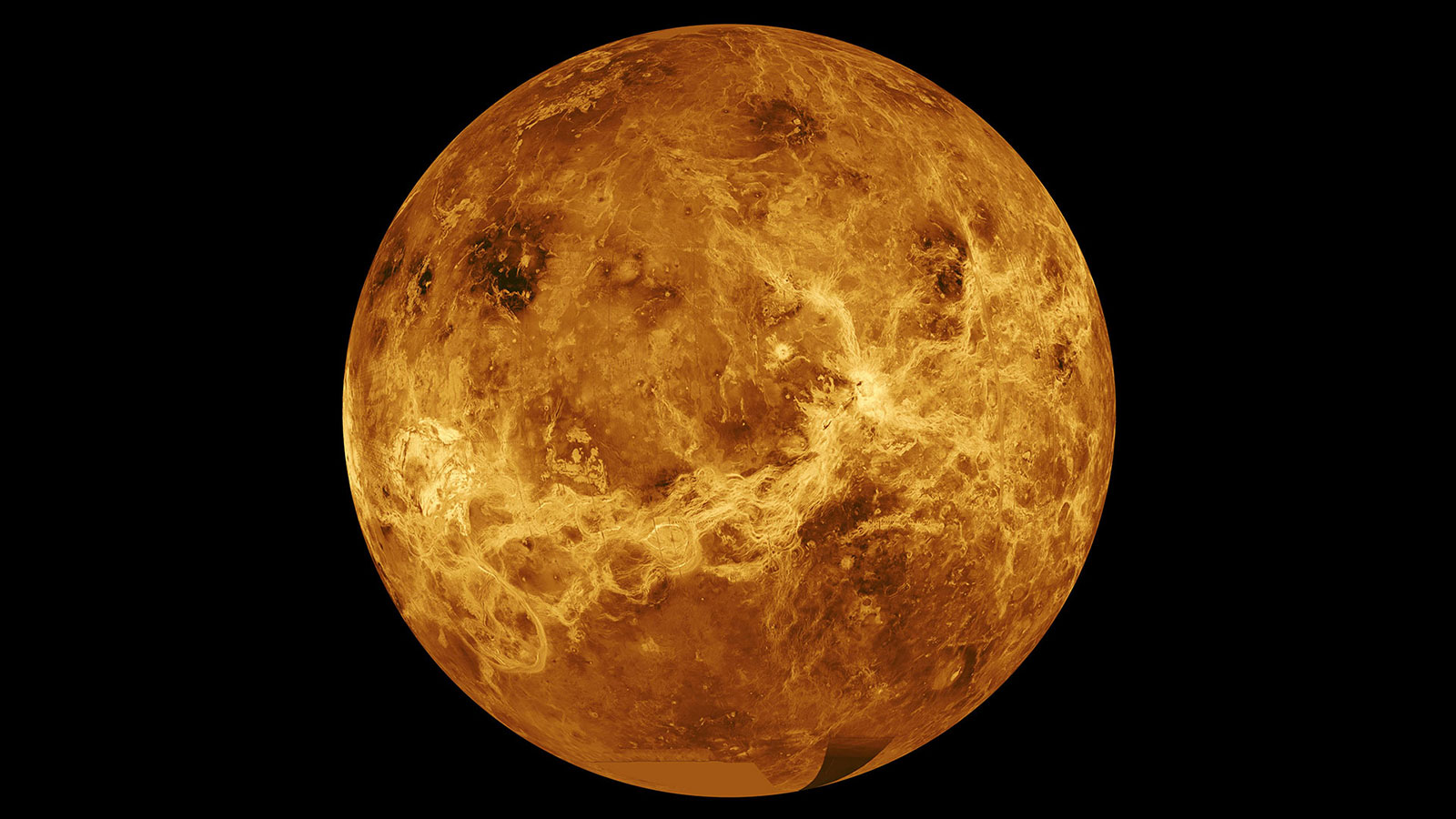
The probe will map Venus from orbit using synthetic aperture radar. It will be able to map the planet in more detail than ever before, creating 3D reconstructions of the surface.
VERITAS will also use infrared to map the different rock types on the surface of the planet. These are still largely unknown, although basalt is thought to dominate Venus’ surface composition.
The infrared measurements can also detect any water vapor that is being released by volcanoes, if any of them are still active.
Suzanne Smrekar of NASA’s Jet Propulsion Laboratory is the principal investigator.
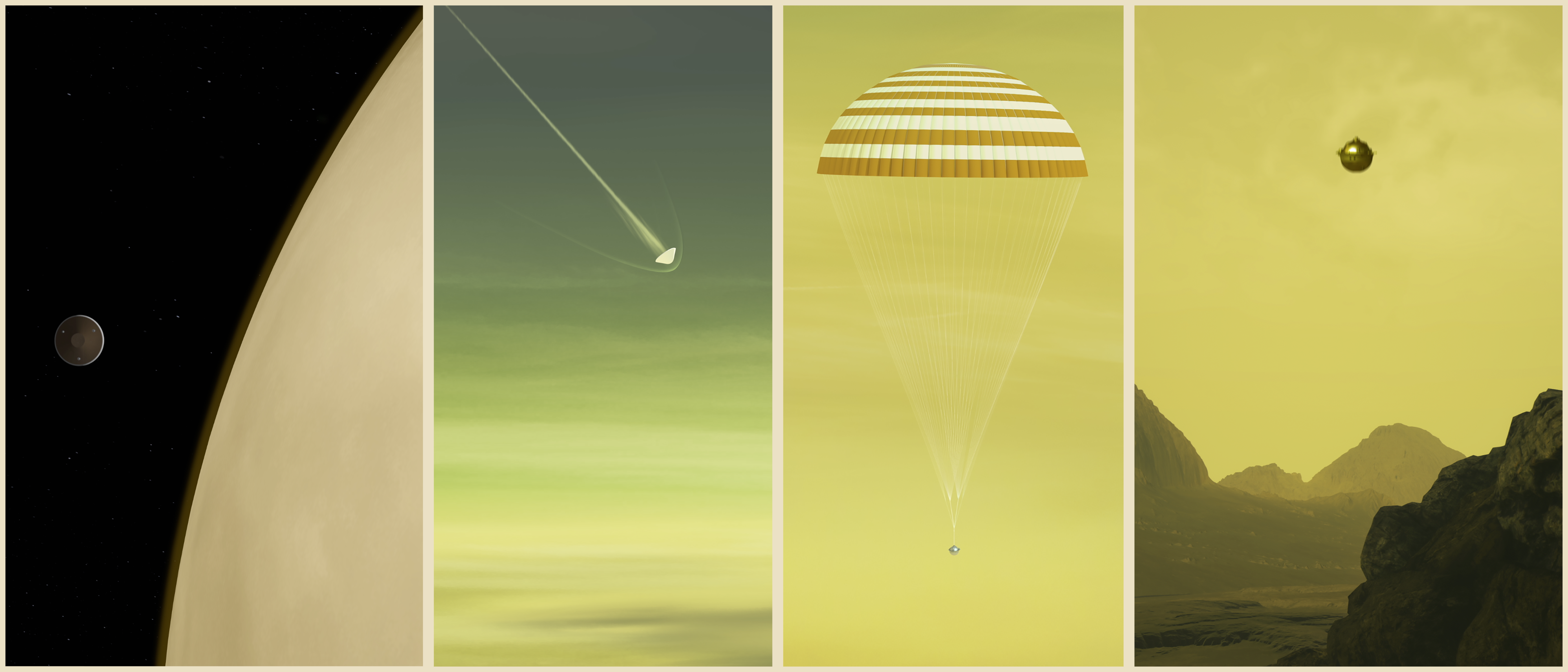
The news of the new missions is also of particular interest given the announcement in September last year of the potential discovery of phosphine in Venus’ atmosphere. Phosphine can be created artificially in labs or naturally in nigh-temperature and high-pressure environments like those found deep inside Jupiter and Saturn, but on Earth, it is generated by microbes. Could the same possibly be true for Venus, where conditions are temperate and more Earth-like in the upper atmosphere? The studies of the possible phosphine are on-going, with mixed results.
Hopefully DAVINCI+ and/or VERITAS will be able to shed more light on this mystery when new in-situ analysis of the atmosphere is completed.
But wait, there’s more!
The two missions will have some company. The Deep Space Atomic Clock-2 will accompany VERITAS. It is an ultra-precise clock signal that will help enable autonomous spacecraft maneuvers and enhance radio science observations.
The new imaging spectrometer, called the Compact Ultraviolet to Visible Imaging Spectrometer (CUVIS), part of DAVINCI+, will make high resolution measurements of ultraviolet light using a new instrument based on freeform optics. That will be interesting, in particular regarding the unusual and still-unexplained “unknown absorbers” in Venus’ atmosphere. These dark patches of unknown particles somehow absorb up to half of the incoming ultraviolet (UV) radiation coming from the Sun. Some scientists have even suggested the particles could be some kind of microbes that absorb UV light in similar manner on Earth, and previous measurements showed that they are similar in size.
DAVINCI+ and VERITAS will revolutionize our understanding of this hellish world, that, while being Earth’s nearest planetary neighbor, is still under-explored.
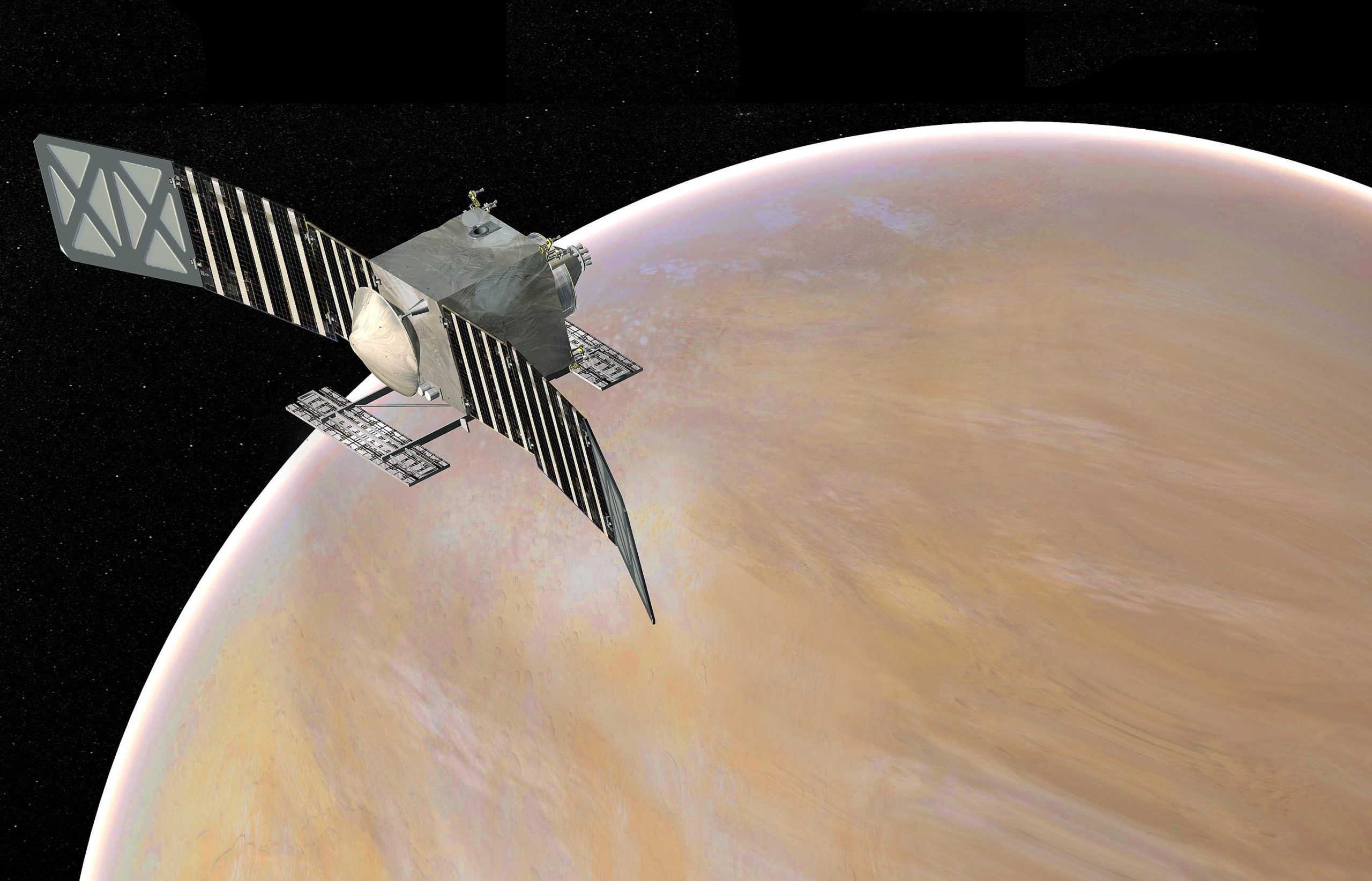
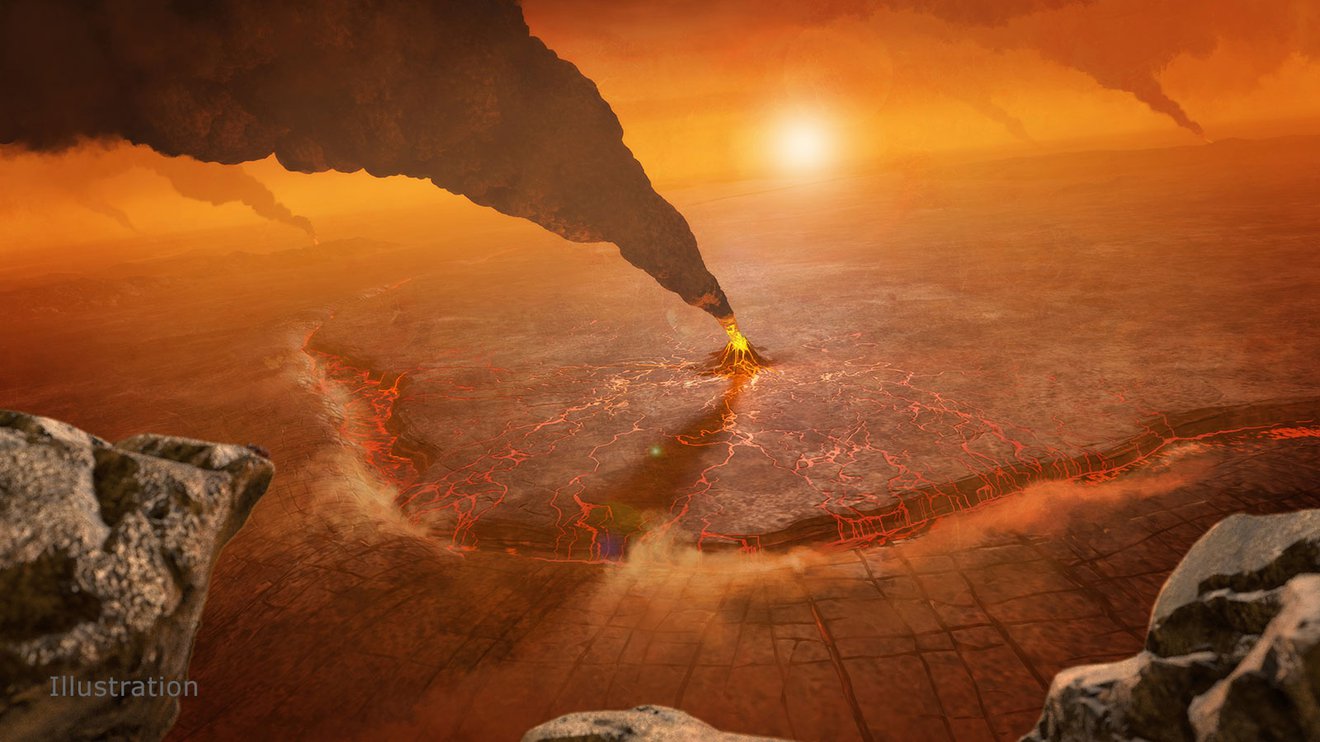
“We’re revving up our planetary science program with intense exploration of a world that NASA hasn’t visited in over 30 years,” said Thomas Zurbuchen, NASA’s associate administrator for science. “Using cutting-edge technologies that NASA has developed and refined over many years of missions and technology programs, we’re ushering in a new decade of Venus to understand how an Earth-like planet can become a hothouse. Our goals are profound. It is not just understanding the evolution of planets and habitability in our own solar system, but extending beyond these boundaries to exoplanets, an exciting and emerging area of research for NASA.”
“It is astounding how little we know about Venus, but the combined results of these missions will tell us about the planet from the clouds in its sky through the volcanoes on its surface all the way down to its very core,” said Tom Wagner, NASA’s Discovery Program scientist. “It will be as if we have rediscovered the planet.”
This is exciting news for everyone who has been wanting NASA to return to Venus and further pursue its many mysteries. Was it once more Earth-like? Did it or could it even still support life? DAVINCI+ and VERITAS will help to answer many questions about our hellish neighbor, and will be sure to reveal new ones.




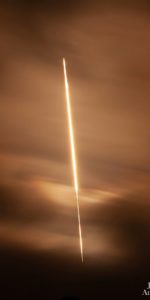
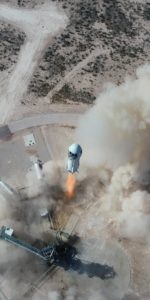
I’d like to see a lander/rover provided that technology has advanced enough to have it survive the harsh environment of Venus.